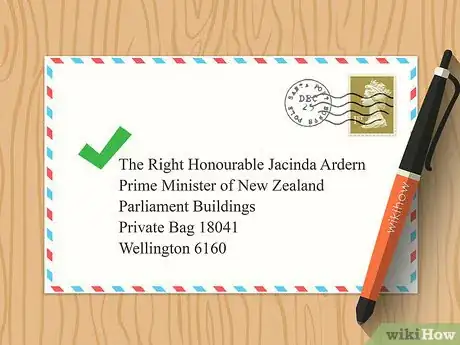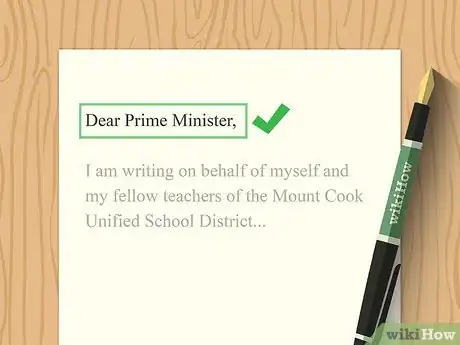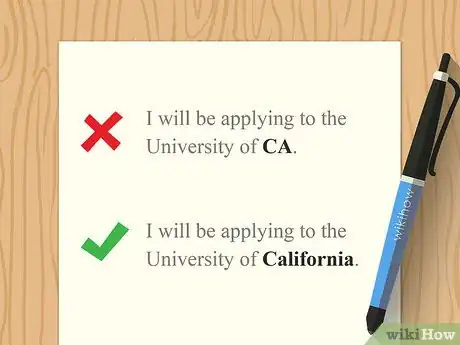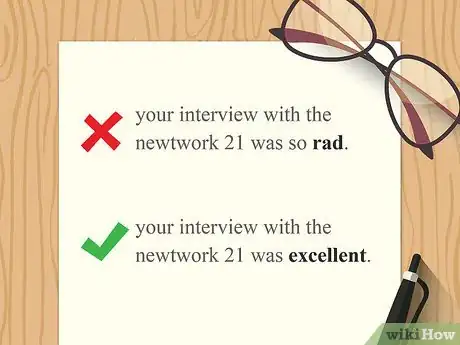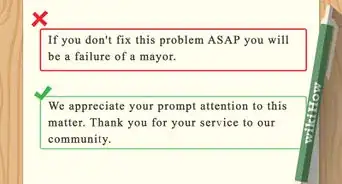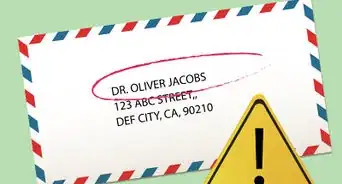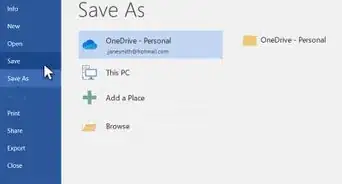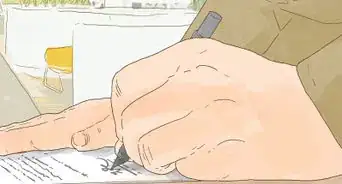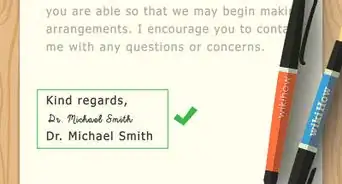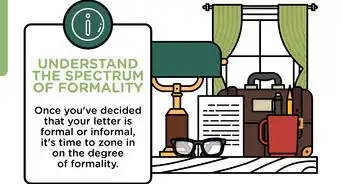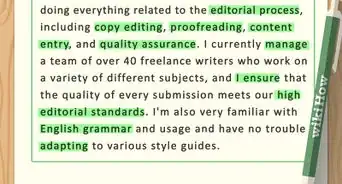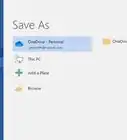This article was co-authored by Tami Claytor. Tami Claytor is an Etiquette Coach, Image Consultant, and the Owner of Always Appropriate Image and Etiquette Consulting in New York, New York. With over 20 years of experience, Tami specializes in teaching etiquette classes to individuals, students, companies, and community organizations. Tami has spent decades studying cultures through her extensive travels across five continents and has created cultural diversity workshops to promote social justice and cross-cultural awareness. She holds a BA in Economics with a concentration in International Relations from Clark University. Tami studied at the Ophelia DeVore School of Charm and the Fashion Institute of Technology, where she earned her Image Consultant Certification.
wikiHow marks an article as reader-approved once it receives enough positive feedback. In this case, several readers have written to tell us that this article was helpful to them, earning it our reader-approved status.
This article has been viewed 293,459 times.
In most countries, anyone can write a letter to their prime minister. When writing your letter there are certain rules of etiquette that you should follow. It is best practice to address the envelope and letter using the correct titles and a formal writing style. Following these recommendations shows respect for the Prime Minister and will make your letter easier to read.
Steps
Choosing the Correct Forms of Address
-
1Address the envelope to “The Right Honourable”. The first line of the envelope should read “The Right Honourable”, followed by the first and last names of the Prime Minister. Below this, write “Prime Minister of” followed by the relevant country. Write the relevant parliament address of the Prime Minister underneath. For example:
- The Right Honourable Jacinda Ardern
- Prime Minister of New Zealand
- Parliament Buildings
- Private Bag 18041
- Wellington 6160
- Note that the address “The Right Honourable” should still be used if you are addressing a former Prime Minister.[1]
-
2Begin the letter with “Dear Prime Minister”. This polite opening is the expected salutation for all written communication to the Prime Minister. If you are writing an email it is still appropriate to begin with “Dear Prime Minister”.
- If you are writing to a former prime minister begin with "Dear Sir/Madam," or "Dear Mr./Mrs./Ms. Lastname."[2]
Advertisement -
3Finish your letter with “Most respectfully”. This complimentary closing remark shows your respect and indicates the end of your message. Thank the Prime Minister for taking time to read your letter. Then, place a comma at the end of “Most respectfully” and sign and print your name below.
- If you are writing the letter on a computer leave space for you to sign your name under the closing remark.[3]
Using a Formal Writing Style
-
1Avoid using abbreviations or contractions. Contractions and abbreviations can come across as lazy and aren’t appropriate for a formal letter. Abbreviations aren’t always clear to the reader so it is best practice to spell out the full meaning of the abbreviation. Similarly with contractions, it is appropriate to write the full words instead of using an apostrophe to create one word.
- For example, use “do not” instead of “don’t”.
- Try using “New York” instead of “NY”.[4]
-
2Use formal language. Substitute slang or colloquial words for more proper alternatives. Using formal language in your letter will help you to be taken more seriously. Pay particular attention to using formal adjectives as describing words set a strong tone in written communication.
- For example, use “excellent” or “enjoyable” instead of “rad” or awesome”.
- Replace "weird" with "unusual", or "hated" with "strongly disliked".[5]
-
3Write concisely. Avoid repeating yourself in your letter. If you want to emphasise a point try adding extra supporting information instead of repeating the same point in different words. Keep your sentences to a limit of 2 lines. Wordy sentences can be confusing and difficult to read.[6]
- The Prime Minister is more likely to read your whole letter if it is clear and to the point.
- Avoid adding extra sentences that don’t contain necessary information.
-
4Check your spelling and grammar. Read over your letter and carefully check for any spelling or grammar errors. If you have written your letter on a computer, use a spell-checker to check your work.
- Poor spelling and grammar will make your letter harder to read and will make your work look rushed.
- Ask a friend to check over your letter for any typos or mistakes before you send it.
Sample Letter
Community Q&A
-
QuestionHow do I sign off a letter?
 Community AnswerLike the way they signed off above. You could write: "Most Respectfully, ."
Community AnswerLike the way they signed off above. You could write: "Most Respectfully, ." -
QuestionCan an emoji be used?
 Community AnswerNo, you shouldn't use any emojis.
Community AnswerNo, you shouldn't use any emojis. -
QuestionCan I address him/her with the word "you" in the letter?
 Community AnswerYes, there is no problem with addressing them using the word "you" if it suits the context.
Community AnswerYes, there is no problem with addressing them using the word "you" if it suits the context.
References
- ↑ http://www.peacemakers.ca/research/Canada/FormsOfAddress.html
- ↑ https://www.parliament.nz/en/get-involved/have-your-say/contact-an-mp/
- ↑ http://www.etiquettetrainer.com/how-to-address-president-trump-and-barack-obama/
- ↑ .https://www.skillsyouneed.com/write/formal-or-informal.html
- ↑ .https://www.skillsyouneed.com/write/formal-or-informal.html
- ↑ https://www.skillsyouneed.com/write/formal-or-informal.html
About This Article
If you want to address a prime minister in a letter, start with “Dear Prime Minister,” which is the expected salutation for all written communication with them. When you’ve finished your letter, sign off with “Most respectfully,” followed by your name. After you’ve completed your letter, address the envelope to “The Right Honourable,” followed by the Prime Minister’s first and last names. Underneath that, write “Prime Minister of,” and then the country they serve. For example, if you were writing to the leader of New Zealand, you would put, “The Right Honourable Jacinda Ardern. Prime Minister of New Zealand.” For more tips, including how to use formal language when writing a letter to a prime minister, read on!
